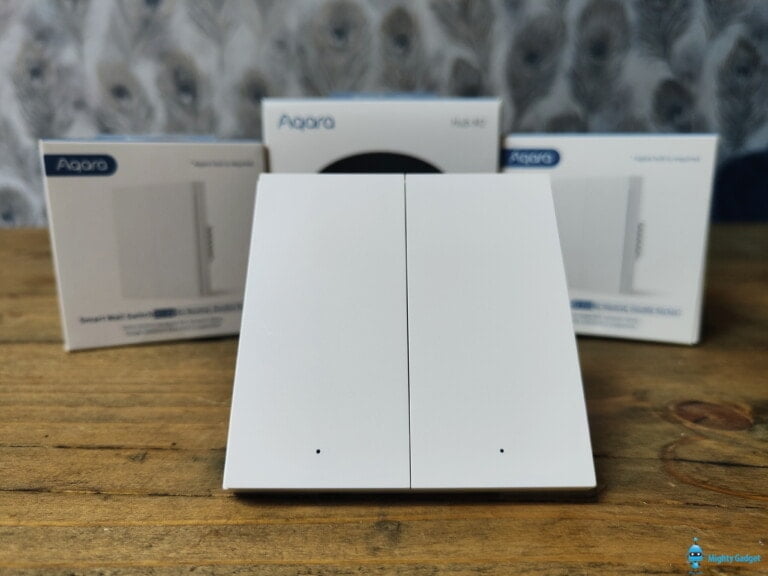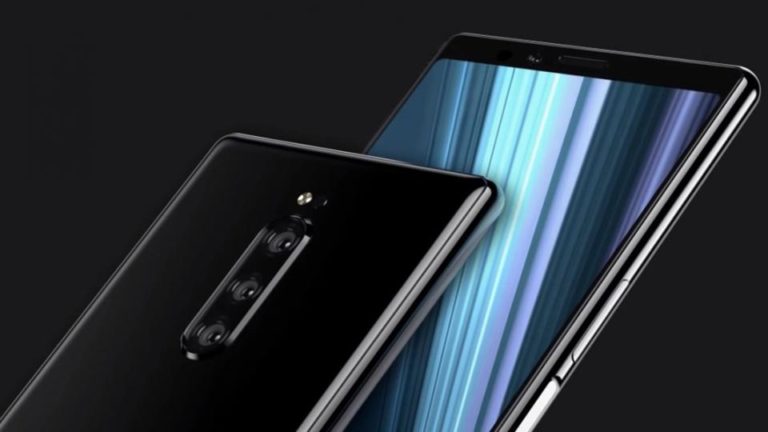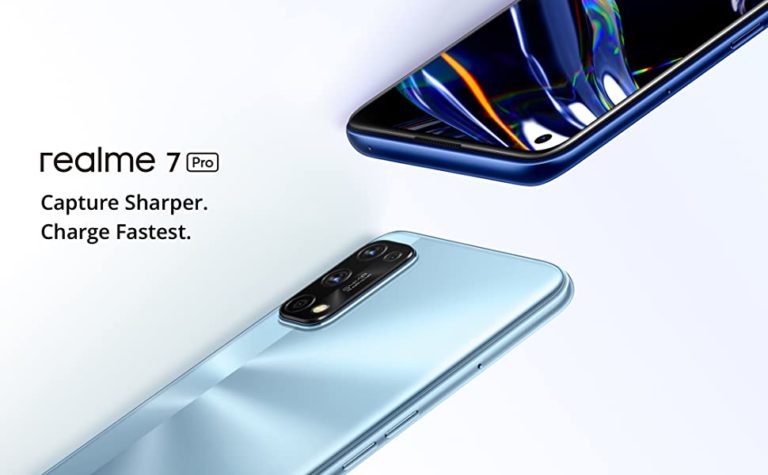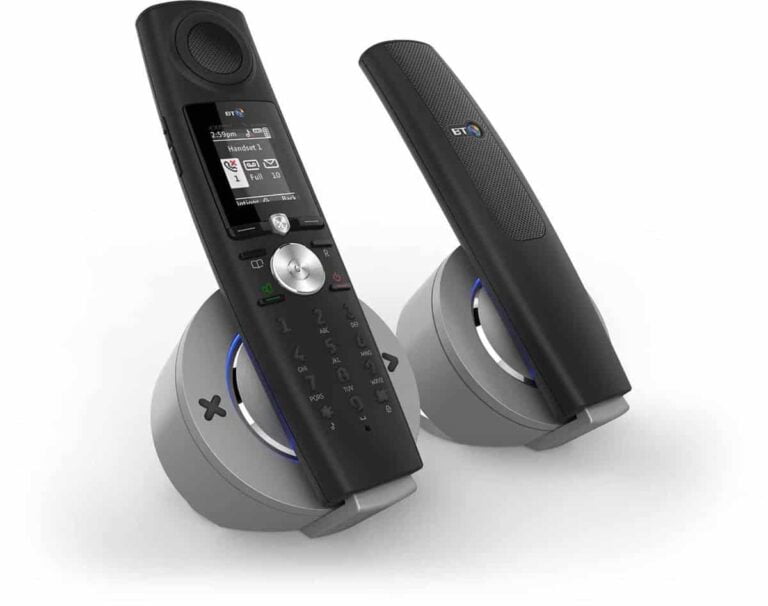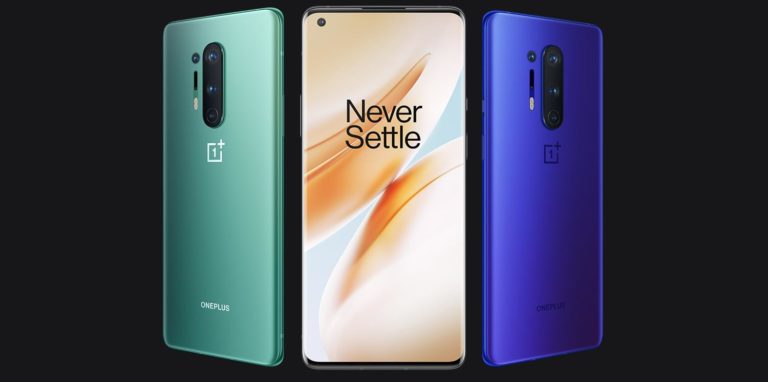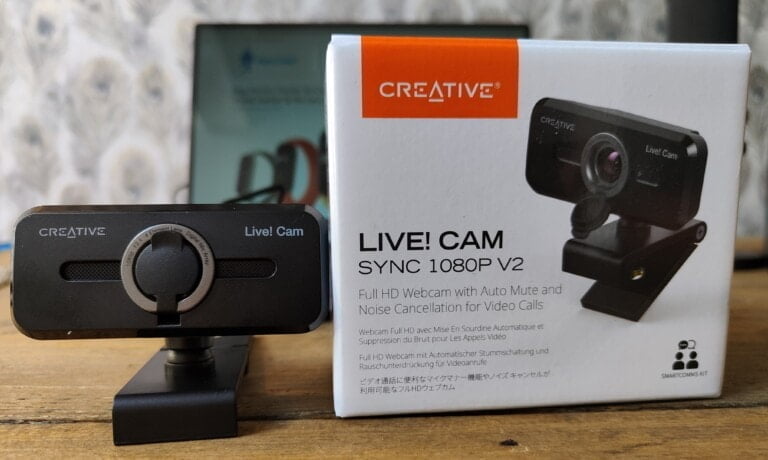Any links to online stores should be assumed to be affiliates. The company or PR agency provides all or most review samples. They have no control over my content, and I provide my honest opinion.
The Infinix Zero Flip was announced in September and is launching today. It is Infinix’s first foldable phone and one of the most affordable flip phones on the market while still offering the premium experience you expect from a foldable.
This is the first foldable phone I have reviewed with a flip-style design, but I have also reviewed the excellent Honor Magic V3, the Magic V2, and the Samsung Galaxy Fold5.
Specification
| Specification | Infinix Zero Flip |
| Dimensions | Unfolded: 170.4 x 73.4 x 7.6 mm Folded: 87.5 x 73.4 x 16 mm |
| Weight | 195 g (6.88 oz) |
| SIM | Nano-SIM |
| Inner Display | 6.9 inches, 107.6 cm2 (~86.1% screen-to-body ratio) Foldable LTPO AMOLED, 120Hz, 1400 nits (peak) 1080 x 2640 pixels (~413 ppi density) |
| Cover display | 3.64 inches, 1056 x 1066 pixels, 413 ppi, Corning Gorilla Glass 2 AMOLED, 120Hz, 1100 nits (peak) |
| OS | Android 14, up to 2 major Android upgrades, XOS 14.5 |
| Chipset | Mediatek Dimensity 8020 (6 nm) |
| CPU | Octa-core (4×2.6 GHz Cortex-A78 & 4×2.0 GHz Cortex-A55) |
| GPU | Mali-G77 MC9 |
| Storage / RAM | 512GB 8GB RAM UFS 3.1 |
| Rear Camera | 50 MP, (wide), 1/1.57″, 1.0µm, PDAF, OIS 50 MP, (ultrawide) |
| Video | 4K@30/60fps, 1080p@30/60fps |
| Selfie Camera | 50 MP, (wide), 1/2.76″, 0.64µm, PDAF |
| Video | 4K@30/60fps, 1080p@30/60fps |
| 24-bit/192kHz Hi-Res & Hi-Res Wireless audio Tuned by JBL | |
| WLAN | Wi-Fi 802.11 a/b/g/n/ac/6, dual-band |
| Bluetooth | 5.4, A2DP, LE |
| Positioning | GPS |
| NFC | Yes |
| USB | USB Type-C, OTG |
| Sensors | Fingerprint (side-mounted), accelerometer, gyro, proximity, compass |
| Type | 4720 mAh, non-removable |
| Charging | 70W wired 10W reverse wired |
| Colours | Rock Black, Blossom Glow |
Design and Build Quality


- Zero-Gap Hinge
- Minimal Screen Crease
- 7.64mm thick
- 195g heavy
The Zero Flip follows the flip phone trend, competing directly with similar models from more well-established brands. The Zero-Gap Hinge design is a notable feature here, giving it a premium feel without the hefty price tag. The hinge promises to withstand 400,000 folds, which adds confidence in its durability for daily use.

While Infinix may not be traditionally associated with premium smartphones, they have made impressive strides in the Zero Flip. The model feels sturdy, with a minimalist yet appealing aesthetic. The Blossom Glow variant, though not my personal choice, offers an eye-catching option that some users may find refreshing compared to more subdued alternatives.

One limitation worth noting is the absence of an IP rating, meaning the device is not certified against water and dust resistance. Many flagship foldable devices have adopted water resistance standards, and the absence of this feature puts the Infinix Zero Flip at a disadvantage compared to competitors like the Samsung Galaxy Z Flip6, which has an IP48 rating.

Internal Display


- 6.9” Foldable LTPO AMOLED Main Screen
- 120Hz refresh
- 1400 nits Main Screen
- 2160Hz PWM High Frequency Dimming
- 10-bit Colour Depth
- 100% DCI-P3 Cinematic Wide Colour Gamut
- HDR – More Dynamic Range and Image Detail
The Zero Flip features a 6.9-inch Foldable LTPO AMOLED main display with a refresh rate of 120Hz and a peak brightness of 1400 nits. The display quality is excellent, offering bright and vivid colours, making content consumption an enjoyable experience.
However, there are some drawbacks. The brightness level, while high, is behind newer models like the Xiaomi Mix Flip, which can reach up to 3000 nits. This limitation becomes apparent in direct sunlight, where visibility can be slightly compromised. While the display is satisfactory for indoor and moderately bright conditions, it doesn’t quite match up to the competition when used outdoors under bright sunlight.
Despite this, features like 2160Hz PWM High-Frequency Dimming and 10-bit Colour Depth ensure that the display is easy on the eyes during extended use.
Like all foldable, there is a noticeable crease in the fold, it looks quite bad in the above photos but you can only really see it when you have the phone at an angle. Face on it is unnotceable.
Cover Display

- 3.64″ Cover Screen
- 120Hz Refresh
- Corning Gorilla Glass Victus 2
The 3.64-inch cover screen is a practical addition, allowing users to interact with the phone without fully unfolding it. It’s a handy feature for viewing notifications or using select apps on the go. The cover display runs a simplified interface that includes commonly used apps, which can be expanded according to user preferences. This helps minimise the need to fully open the phone every time.
That being said, the cover display falls short when attempting to interact with some third-party apps, where compatibility warnings occasionally pop up. The usability is somewhat limited, and I found myself mainly using it for quick notifications rather than more involved tasks.
Camera Performance
- Front & Rear4K Vlog
- ProStable Video Capabilities
- 50MP Front camera with 4K 60FPS ultra HD, Autofocus, f/2.45 aperture
- 50MP 1/1.57″ Main Camera with Optical Image Stabilisation and f/1.88 aperture
- 50MP Ultra Wide with 114 degree FOV and f/2.2 aperture
The Infinix Zero Flip boasts three 50 MP sensors, two on the rear and one for selfies. The main rear camera is the most impressive, thanks to its large sensor size and the inclusion of Optical Image Stabilization (OIS), which helps capture sharper and more stable shots. Under good lighting conditions, the camera delivers solid results, with a good level of detail and accurate colour reproduction.
However, when compared to traditional slab-style phones, the camera on the Zero Flip feels lacking, particularly in low-light environments. The ultrawide camera, while better than many budget alternatives, still produces slightly noisier shots, and the dynamic range doesn’t match higher-end phones. The selfie camera performs adequately, but using the main camera with the cover display offers better results for self-portraits.

The DV video mode feature, which mimics a retro camcorder experience, is a quirky addition. Although it’s entertaining, it feels more like a gimmick that might not be widely used after the novelty wears off. GoPro compatibility is also featured, making the Zero Flip an interesting choice for those who use action cameras, as it facilitates easier control and previewing of content from GoPro devices.








Performance and Benchmarks
One of the ways Infinix keeps the prices low is to use mid-range chipsets and this is no different. It features the MediaTek Dimensity 8020, which is the same chipset that was used on the Infinix Zero 30 5G.
This is then paired with 8GB of RAM and 512GB of UFS 3.1 Storage.
The overall performance matches other phones with the Dimensity 8020. For day-to-day use, it performs amazingly well, and you can’t really tell the difference between this and a more powerful and expensive chipset.
It obviously won’t perform as well for demanding scenarios, especially for things like gaming, but I would have thought most serious gamers would prefer a standard-shaped phone or the larger tablet-style foldables.
Battery Life
The 4720 mAh battery on the Infinix Zero Flip is above average for flip-style devices. Coupled with the power-efficient Dimensity 8020 chipset, the battery life is respectable. Under regular usage, including social media, web browsing, and some photography, the phone comfortably lasts a full day. The 70W wired charging allows for quick top-ups, although it’s worth noting that other premium devices now offer even faster charging solutions.
Android 14 & XOS 14.5
- Upgradable up to Android 16 (2 year update)
- 3 Years of Security Patch Updates
The Zero Flip comes preloaded with Android 14 and the Infinix-customized XOS 14.5. Infinix has committed to providing two years of Android updates and three years of security patches, which is a reasonable but not outstanding commitment compared to some competitors offering four or more years of support.
The software experience includes various AI-powered features, such as the AI Wallpaper Generator, Folax Voice Assistant, and AI Portrait Enhancer. While some of these features are genuinely useful, others, such as the AI Image Creator, feel more like optional extras rather than must-have tools.
The interface on the cover display, which includes features like Multifunctional Card, allows for convenient access to common apps without fully opening the phone. This design enhances one-handed usability, which is an important aspect for a flip phone.
Additional software and AI features include:
Powered by Infinix Ai∞:
- AI Wallpaper Generator
- AI Image Creator in Notepad
- Folax Voice Assistant (powered by Gemini)
Camera and Imaging AI:
- Dual Preview mode
- DV Mode
- GoPro Mode – Works with GoPro
- AI Eraser – remove unwanted objects and people
- AI Portrait Enhancer – AI-enhanced portrait mode sharpens images and makes subjects stand out.
- AI Focus – Ensures tack-sharp focus on subjects.
- AI Gallery – AI-powered search helps find images quickly using the right keywords.
Price and Alternative Options
The Infinix Zero Flip is priced at USD 600 (roughly Rs 50,000) in global markets. However, reports suggest that the Indian pricing could be below Rs 45,000, making it a more affordable alternative to competitors like the Motorola Razr 50 and Samsung Galaxy Z Flip5.
The UK is unlikely to see it, but that works out at around £460 for the global price and £410 for the Indian pricing.
For alternative options, the Tecno Phantom V Flip is almost identical in specification and design. I assume it is the same underlying phone; the main difference I can see is it has a slightly worse selfie camera and less storage. Then, of course, the phones use different Android skins. This is reported to cost $699 USD.
The Motorola Razr 50 is supposed to be an affordable flip phone, but in the UK it is £800 and doesn’t compete with the hardware specification of the Infinix or Tecno.
Overall
The Infinix Zero Flip brings the flip-style foldable experience to the mid-range market, making it more accessible to users who don’t want to spend a fortune on a flagship. While there are some trade-offs, such as the lack of an IP rating and the mid-range chipset, the device offers solid value for its price, especially considering the hinge quality, display, and audio capabilities.
For users who are interested in the flip phone form factor but are unwilling to pay top-tier prices, the Zero Flip is a compelling choice. It provides an enjoyable user experience for the most part, with some notable strengths in design and audio. However, those who require higher performance or advanced features like water resistance may find other devices more suitable.
Infinix Zero Flip Review
Summary
The Infinix Zero Flip brings the flip-style foldable experience to the mid-range market, making it more accessible to users who don’t want to spend a fortune on a flagship. While there are some trade-offs, such as the lack of an IP rating and the mid-range chipset, the device offers solid value for its price, especially considering the hinge quality, display, and audio capabilities.
Overall
80%-
Overall - 80%80%
Pros
- Affordable Foldable Design: Compared to flagship flip phones, the Infinix Zero Flip offers much of the foldable experience at a lower price.
- Durable Hinge: The Zero-Gap hinge design feels solid and is rated for 400,000 folds, which gives it a robust build quality.*
- Display Quality: The AMOLED displays are bright and vibrant, suitable for media consumption.
- Good Main Camera: The 50 MP main camera with OIS offers solid image quality under favourable conditions.
- High-Resolution Audio: JBL-tuned sound ensures a better audio experience, both wired and wireless.
Cons
- No Water/Dust Resistance: The lack of an IP rating means extra care must be taken to avoid damage.
- Mid-Range Performance: The MediaTek Dimensity 8020 chipset is capable but doesn’t excel in demanding scenarios.
- Limited Cover Display Use: The cover display feels limited, with some apps not optimized to run smoothly.
- Camera Limitations in Low Light: The ultrawide and selfie cameras suffer in less-than-ideal lighting situations, especially when compared to higher-end models.
I am James, a UK-based tech enthusiast and the Editor and Owner of Mighty Gadget, which I’ve proudly run since 2007. Passionate about all things technology, my expertise spans from computers and networking to mobile, wearables, and smart home devices.
As a fitness fanatic who loves running and cycling, I also have a keen interest in fitness-related technology, and I take every opportunity to cover this niche on my blog. My diverse interests allow me to bring a unique perspective to tech blogging, merging lifestyle, fitness, and the latest tech trends.
In my academic pursuits, I earned a BSc in Information Systems Design from UCLAN, before advancing my learning with a Master’s Degree in Computing. This advanced study also included Cisco CCNA accreditation, further demonstrating my commitment to understanding and staying ahead of the technology curve.
I’m proud to share that Vuelio has consistently ranked Mighty Gadget as one of the top technology blogs in the UK. With my dedication to technology and drive to share my insights, I aim to continue providing my readers with engaging and informative content.


